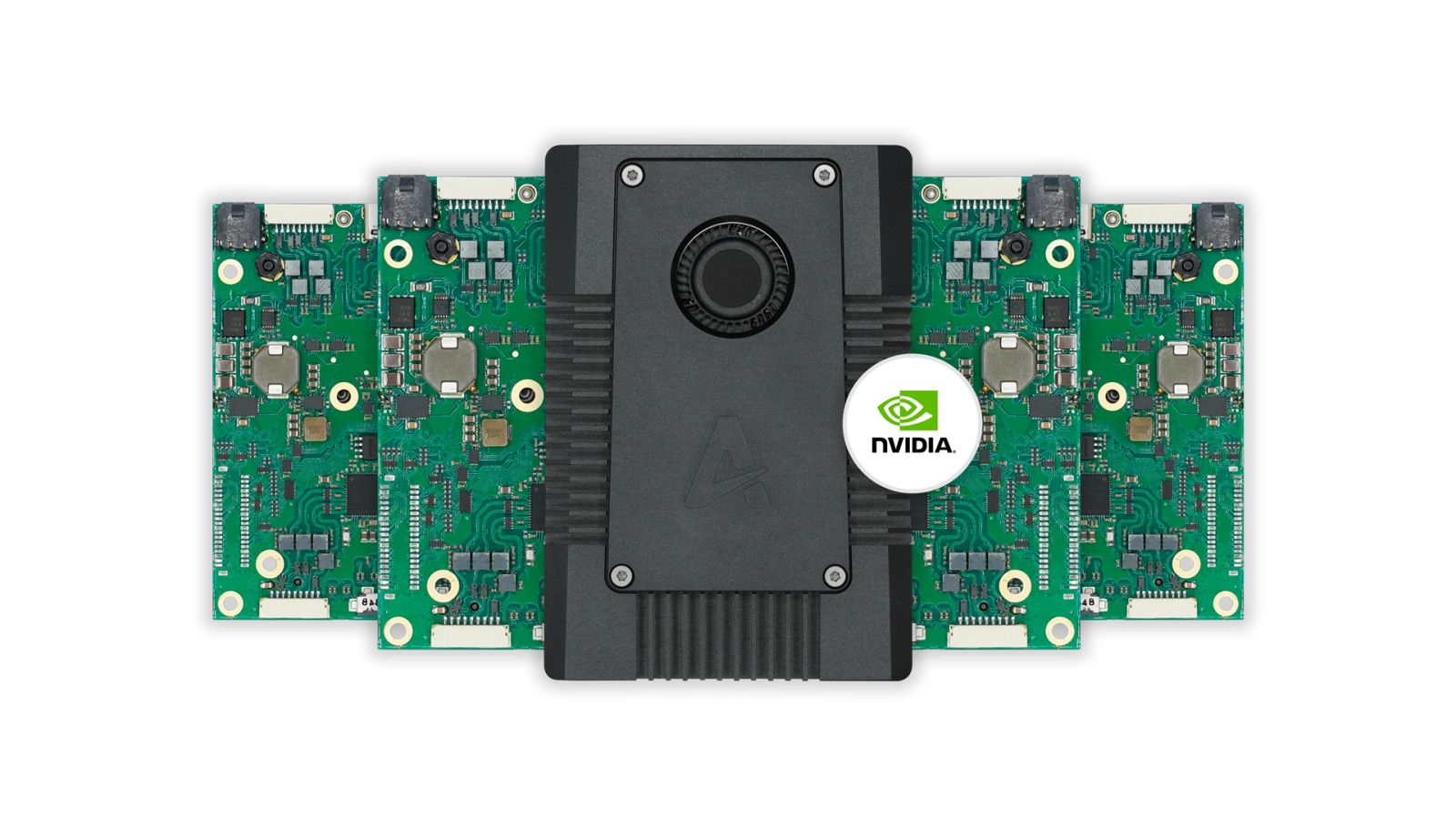
Auterion, the company providing enterprise and government clients open-source software-defined systems for drones, payloads, and apps, has introduced its AI Node designed to infuse supercomputing power to the company’s Skynode avionics product.
Now available on pre-order, Auterion’s AI Node is s equipped with the NVIDIA Jetson Xavier NX, which the company calls the world’s smallest artificial intelligence (AI) supercomputer for embedded and edge systems. When added to Auterion’s Skynode – which unifies drones’ flight controller, mission computer, and wireless connectivity – the AI Node enables the direct processing of high-bandwidth sensor data, enhancing mission performance, and providing users with higher-quality information to make decisions with.
Read related: Auterion Skynode is a universal brain for enterprise and government drones
Business and public service operators of UAVs are relying increasingly on AI algorithms to enable object recognition for identification, monitoring, or counting purposes – all of which require considerable computing power. The NVIDIA Jetson Xavier NX that Auterion has integrated into the AI Node provides that, allowing drones to process data and respond to that with supercomputer speed and depth.
“As enterprises leverage more powerful cameras and sensors on drones, the huge amount of data being created will overload any current data link, including 5G,” said Markus Achtelik, Auterion’s vice president of engineering. “It’s much more efficient to process raw data onboard via supercomputer, so that the operator or even the software itself can engage in real-time decision-making. AI Node delivers the horsepower to run modern neural networks in parallel and distill data from multiple high-resolution sensors—which translates into faster innovation for enterprises and other organizations.”
Completion of AI Node was facilitated by Auterion’s recent partnership with German AI software specialist Spleenlab. It also offers customers additional benefits that include immediate development and prototyping using a variety of payloads and sensors; extended memory and flexible usage; optimized drone deployment; and deep compatibility with Skynode.
Read: Auterion adds Drone Rescue Systems to its ecosystem
Production and addition of the AI Node to the central Skynode platform was in part shaped by client input on their uses and additional needs from drone operations. It also flowed from aspirations of using Auterion’s open-source environment to develop their own functionalities.
“Some of our customers have very specific requirements necessitating a considerable amount of onboard computing,” said Bobby Watts, CEO and principal engineer at UAV manufacturer Watts Innovations. “For this, we turned to Auterion and AI Node, which allows us to run (graphics processing unit) intensive software onboard for applications such as vision-based precision landing, real-time mission navigation and other vision-based capabilities. Because AI Node is a part of Auterion’s tight ecosystem, the integration and implementation is as clean as could be.”
FTC: We use income earning auto affiliate links. More.


Comments